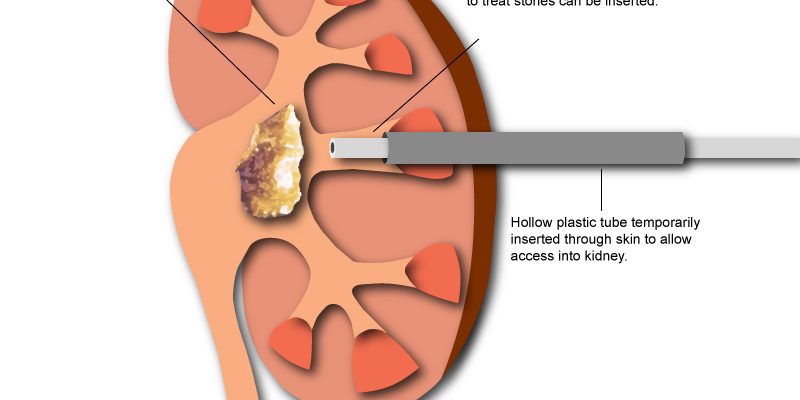
The art of healing is a complex and delicate process, requiring a combination of skill, precision, and empathy. Nowhere is this more evident than in the field of urology, where the use of percutaneous nephrolithotomy (PCNL) has revolutionized the treatment of kidney stones. PCNL is a minimally invasive surgical procedure that involves creating a small incision in the patient’s back and using specialized tools to remove kidney stones.
The scalpel is mightier.
- The art of healing is a delicate dance between science and skill, precision and patience.
- Nowhere is this more evident than in the PCNL procedure, where the scalpel truly is mightier than the sword.
- In the hands of a skilled surgeon, this minimally invasive technique can remove even the most stubborn of kidney stones with ease, allowing patients to find relief from the pain and discomfort that once ruled their lives.
- But make no mistake, this is not a procedure for the faint of heart.
- It takes years of training and experience to master the skill and precision necessary to perform PCNL with confidence and success.
- For those who do, however, the reward is immeasurable – the ability to truly change lives and restore hope where once there was only despair.
Precision is a healing virtue.
The art of healing requires a certain level of precision, and this truth is especially evident in the world of medicine. The PCNL procedure is a perfect example of this, as it requires not just skill, but also the utmost precision. As a healing virtue, precision is crucial to the success of this procedure, as even the slightest misstep can lead to serious complications. The PCNL procedure demands a masterful level of precision, where each movement must be carefully calculated and executed with finesse.











